Eyup Sultan Mosque & surroundings
Although now part of the hustle and bustle of the greater city of Istanbul, once upon a time Eyup was a sleepy backwater, a small village famous for containing the final resting place of Eyup (Job) Ansari, standard bearer to the Prophet Muhammed. For this reason Eyup is considered the third holiest site after Mecca according to some Islamic scholars. In normal times it pulsates with people, but even in quieter moments there’s a sense of wonder and joy in the streets, not found in other parts of Istanbul. It has an intimate charm due to the exquisitely maintained Eyup Sultan Mosque, the Ansari tomb covered in marvellous Iznik tiles, a massive cemetery on the slopes below Pierre Loti Cafe and the gorgeous Valide Sultan Mihrişah complex.
A mosque was first built here by Fatih Sultan Mehmet, aka Mehmet the Conqueror, in 1458, a mere five years after he conquered Istanbul. It was erected in honour of Ansari but by the end of the 18th century had fallen into disrepair, likely due to the great earthquake of 1766. In 1800 a new mosque was built on the orders of Selim III. Only the minarets, a gift of Ahmet II, remain from the original structure.
The Eyup Sultan Mosque complex sits in a large outer square bathed in white light. I visited on a weekday so it was full of mothers chatting to one another while calling out to their children who were busy chasing pigeons and one another. I entered the inner courtyard through one of the two Baroque gateways and headed straight for the entry to Ansari’s tomb. The space inside was awash with colour, patterned carpets underfoot and tiles wherever I looked. Devout women stood with their hands raised, beseeching the divine for intervention. Pushing aside the heavy leather sheet covering the exit I came out into another smaller square.
It’s here you’ll find two huge plane trees growing on raised platforms. This is the site where successive sultans were girded with the sword of Osman, a ceremony confirming them as the new ruler of the Ottoman Empire. People stand alongside the railings to pray, while you’ll see others in front of brass grilles opening onto the tomb interior. They’re set into a flat wall decorated with panels of intricately patterned tile from different periods.
Eyup Sultan Mosque itself is solemnly plain with white marble facings and simple interior. More interesting to me was the wooden overpass that leads to the women’s prayer section. Colourful glass windows provide secret views over the courtyard and second gateway. If you do decide to take a look remember this is a place of worship. You’ll need to remove your shoes and cover your hair before you enter.
Leaving by the north gate I entered the almost surreally beautiful grounds of the Valide Sultan Mihrişah Külliyesi. Bright tombstones beckon from behind glittering metal work and vivid green grass covers exactingly manicured courtyards. A sebil, a fountain for the distribution of free water, is set into a stone wall featuring arches, columns and bas relief sculptures. Elsewhere small family burial plots are decorated with over the top Italianate masonry draperies and garlands. Large trees throw dappled light across the cobblestones and the only sounds I heard was birdsong.
The Valide Sultan Mihrişah Külliyesi was built in 1794 in the Baroque style for the aforementioned Valide Sultan, mother of Selim II. Külliye are social complexes, funded by Ottomans and these days by wealthy individuals or religious foundations, to provide for the social needs of the city’s inhabitants. As well as containing the founder’s tomb, this one had a mektep or primary school, a library and an enormous imaret, a public kitchen. The kitchen is still in operation and serves up to 500 people daily. During Kurban Bayram and at other times of the year Muslims offer up an animal for sacrifice. There’s a small adak kurban butcher tucked away in one of the laneways where they can see their chosen animal dispatched and donate it to the kitchen for the needy.
One of the things I really liked about my visit to Eyup was wandering around the streets surrounding the mosque and külliye. The nearest ones remind you this is a place of pilgrimage. They sell souvenirs for people to take home and share with their loved ones, such as holy water, scarves, takke, fridge magnets from Eyüp and more. A little further away and the streets turn residential. Well-loved wooden houses provide homes for the living while small cemetery plots give solace for the dead. It’s easy to imagine what the area was like several hundred years ago because in most of the places I looked, it seemed very little has changed.
The most enjoyable and convenient way to reach the Eyup Sultan Mosque is to catch the T5 Tramway from Eminonu and get off at the Eyupsultan Teleferik stop. Alternatively, immerse yourself with a guided tour.
If you’re curious to learn why I choose to call Turkey home, find out in my memoir Istanbul Dreams: Waiting for the Tulips to Bloom. Iyi geziler!
***********************************
Planning to come to Istanbul or Turkey? Here are my helpful tips for planning your trip.
For FLIGHTS I like to use Kiwi.com.
Don’t pay extra for an E-VISA. Here’s my post on everything to know before you take off.
However E-SIM are the way to go to stay connected with a local phone number and mobile data on the go. Airalo is easy to use and affordable.
Even if I never claim on it, I always take out TRAVEL INSURANCE. I recommend Visitors Coverage.
I’m a big advocate of public transport, but know it’s not suitable for everyone all the time. When I need to be picked up from or get to Istanbul Airport or Sabiha Gokcen Airport, I use one of these GetYourGuide website AIRPORT TRANSFERS.
ACCOMMODATION: When I want to find a place to stay I use Booking.com.
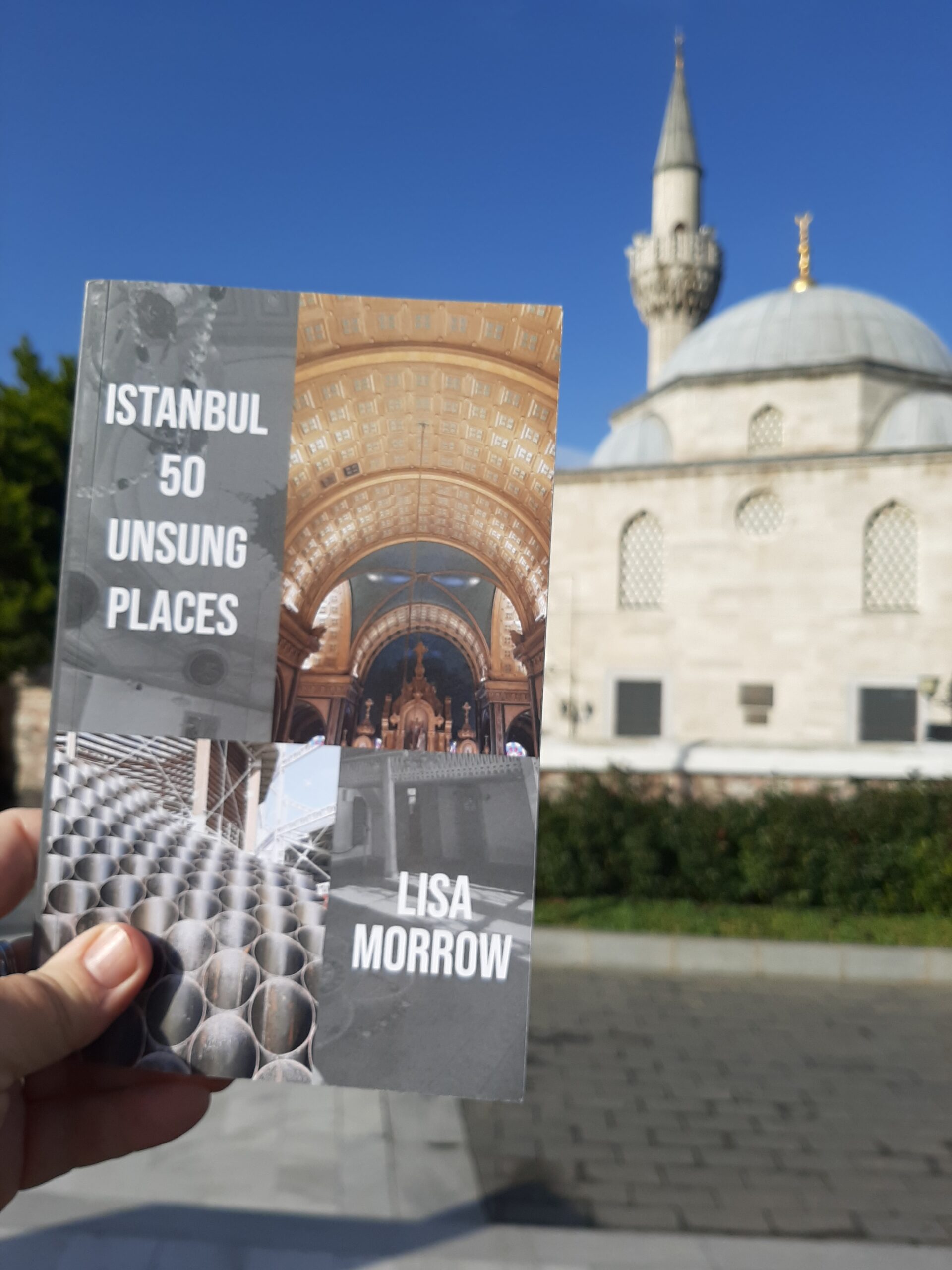
CITY TOURS & DAY TRIPS: Let me guide you around Kadikoy with my audio walking tour Stepping back through Chalcedon or venture further afield with my bespoke guidebook Istanbul 50 Unsung Places. I know you’ll love visiting the lesser-known sites I’ve included. It’s based on using public transport as much as possible so you won’t be adding too much to your carbon footprint. Then read about what you’ve seen and experienced in my three essay collections and memoir about moving to Istanbul permanently.
Browse the GetYourGuide website or Viator to find even more ways to experience Istanbul and Turkey with food tours, visits to the old city, evening Bosphorus cruises and more!
However you travel, stay safe and have fun! Iyi yolculuklar.
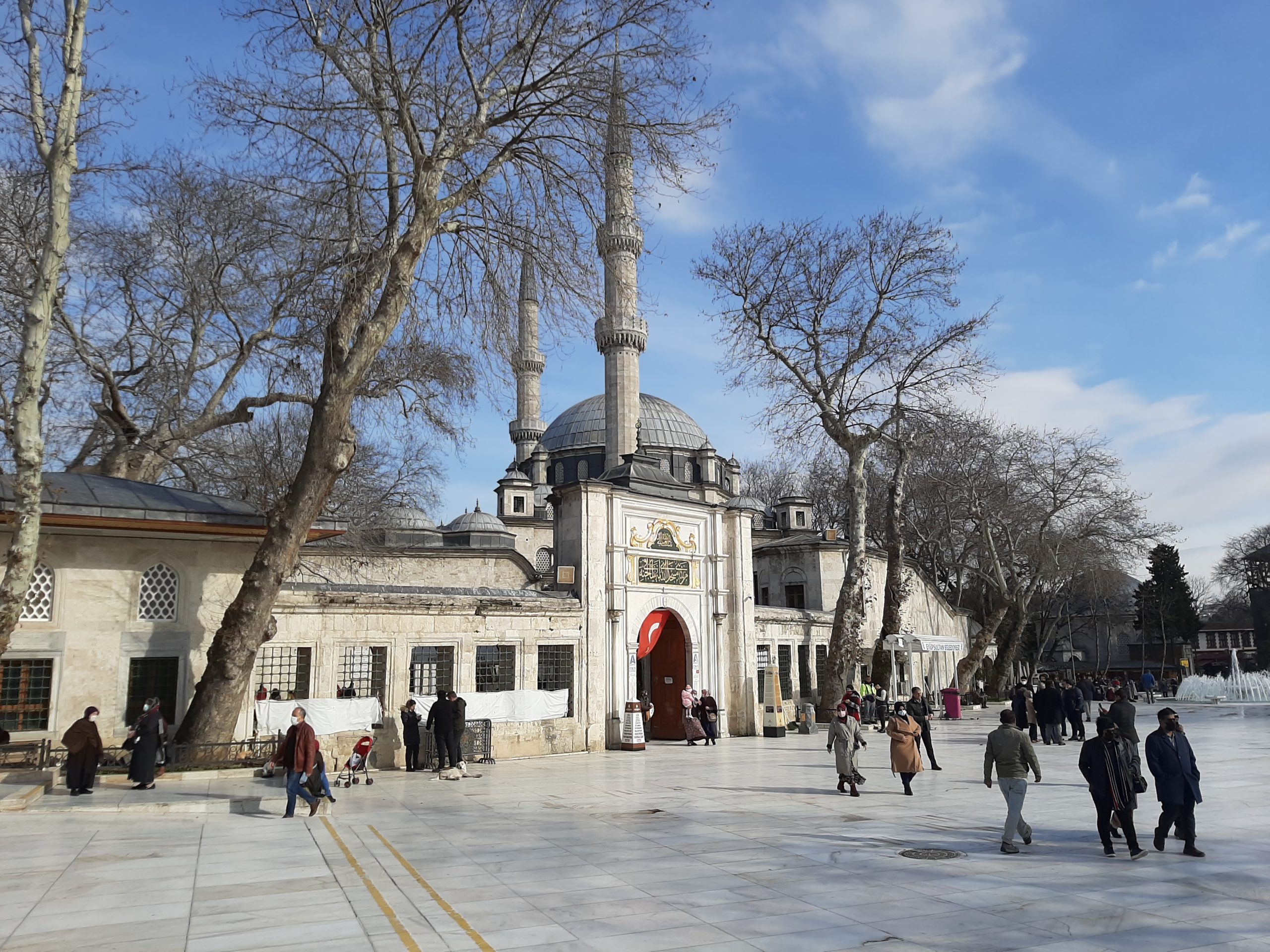
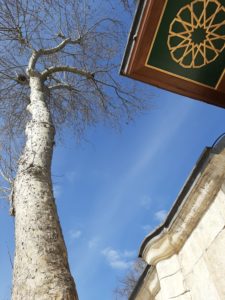
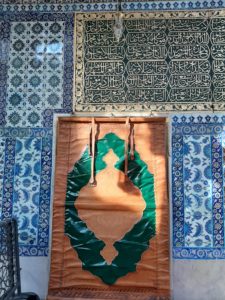
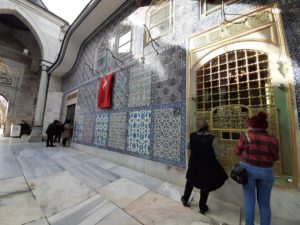
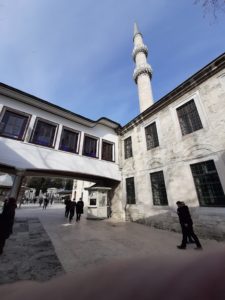
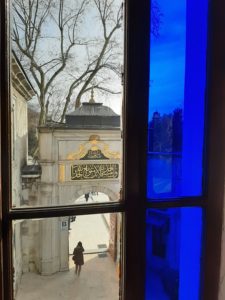
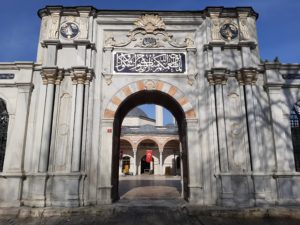
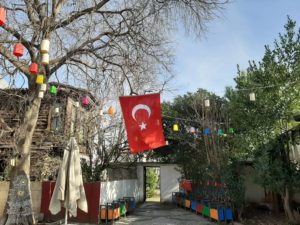
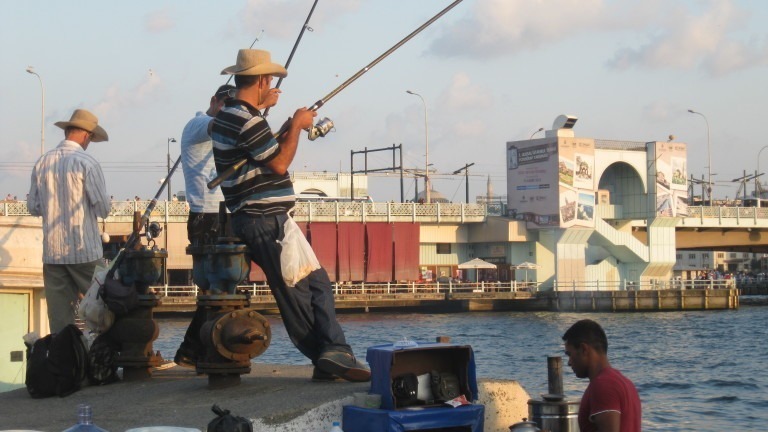
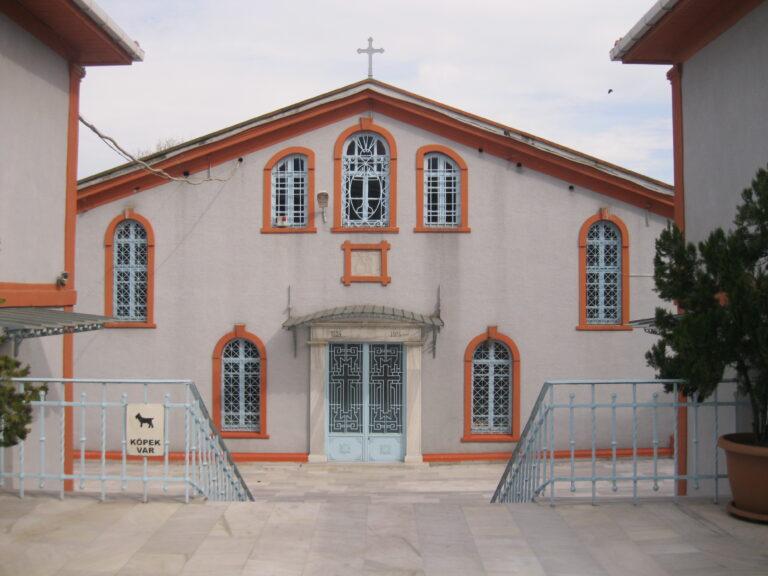
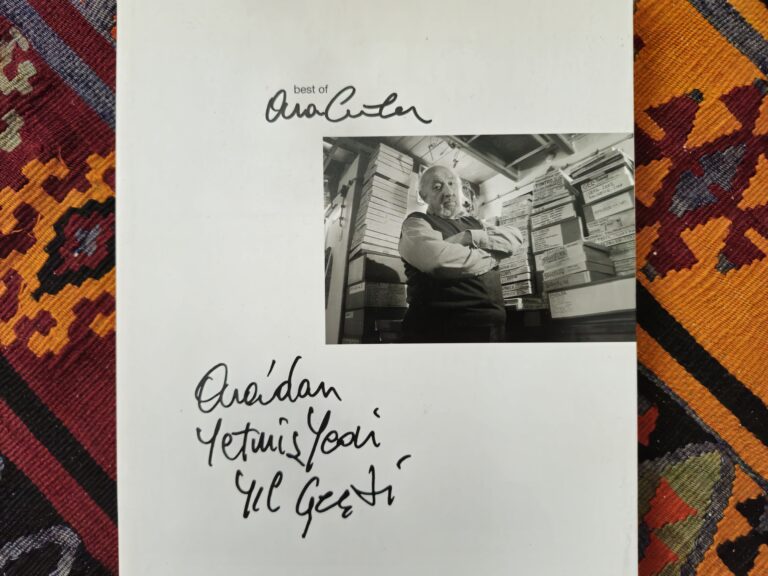
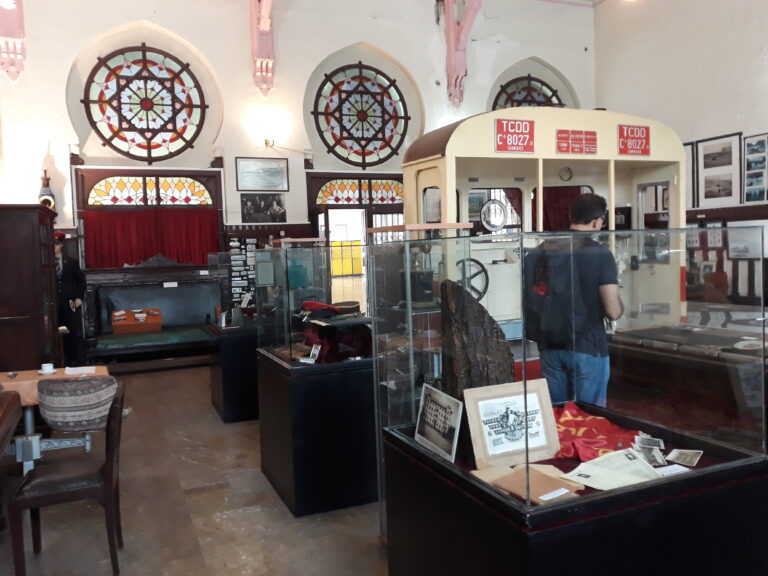
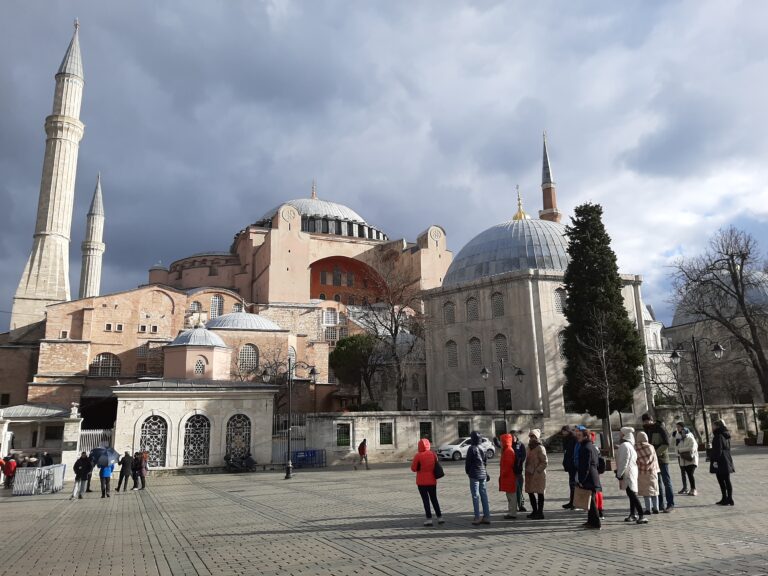
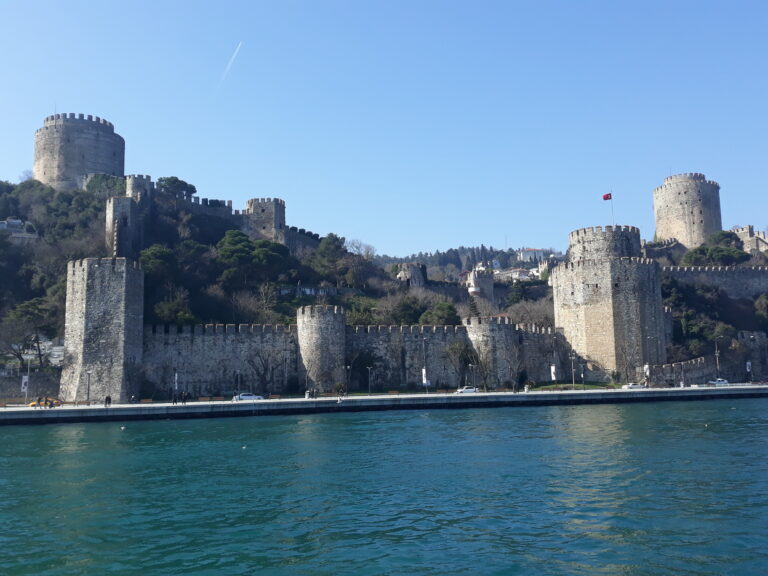
Excellent post, Lisa! I found it very informative with great attention to detail 🙂
Thank you Claudia, I am so pleased you found it informative. I’ve been on the receiving end of unwarranted and unpleasant comments lately so it’s nice to know I am getting it right, despite the naysayers.
I didn’t know about the tramway (or had forgotten it was being constructed); I wonder if it means they don’t run the ferry anymore.
I also wonder if you met a proselytizer. Often when I visit there is somebody trying to convert the giaours.
Anyway, Eyüp is a fascinating place; when people ask me what to see in the city, I suggest as a site they might not otherwise think of
Hey David, I only just saw your post. Sorry. The ferries are still running but I have a long time passion for trains, trams and funiculars. I too met a proselytizer at the mosque a good few years ago. It just adds to the experience of this wonderful place. A visit to Eyup really feels like stepping back in time.